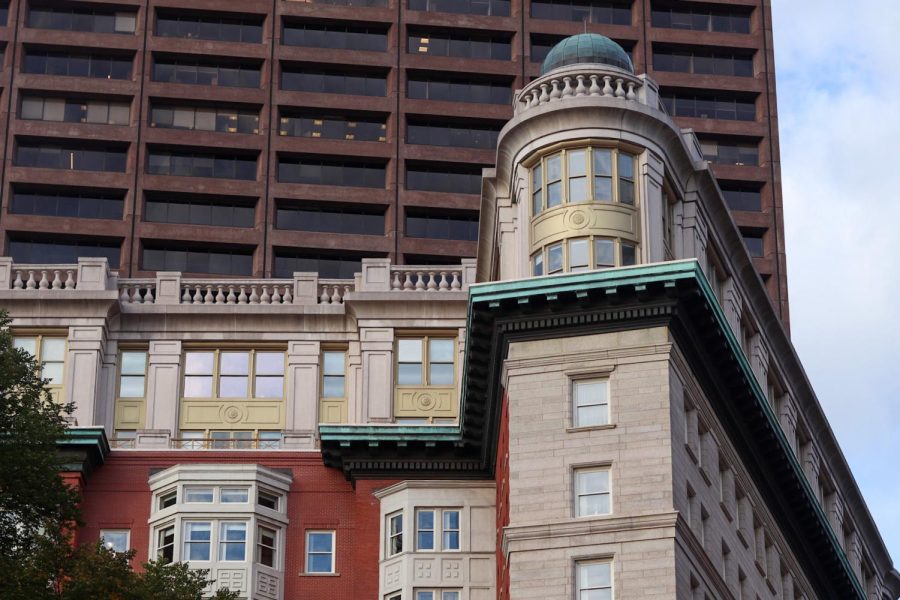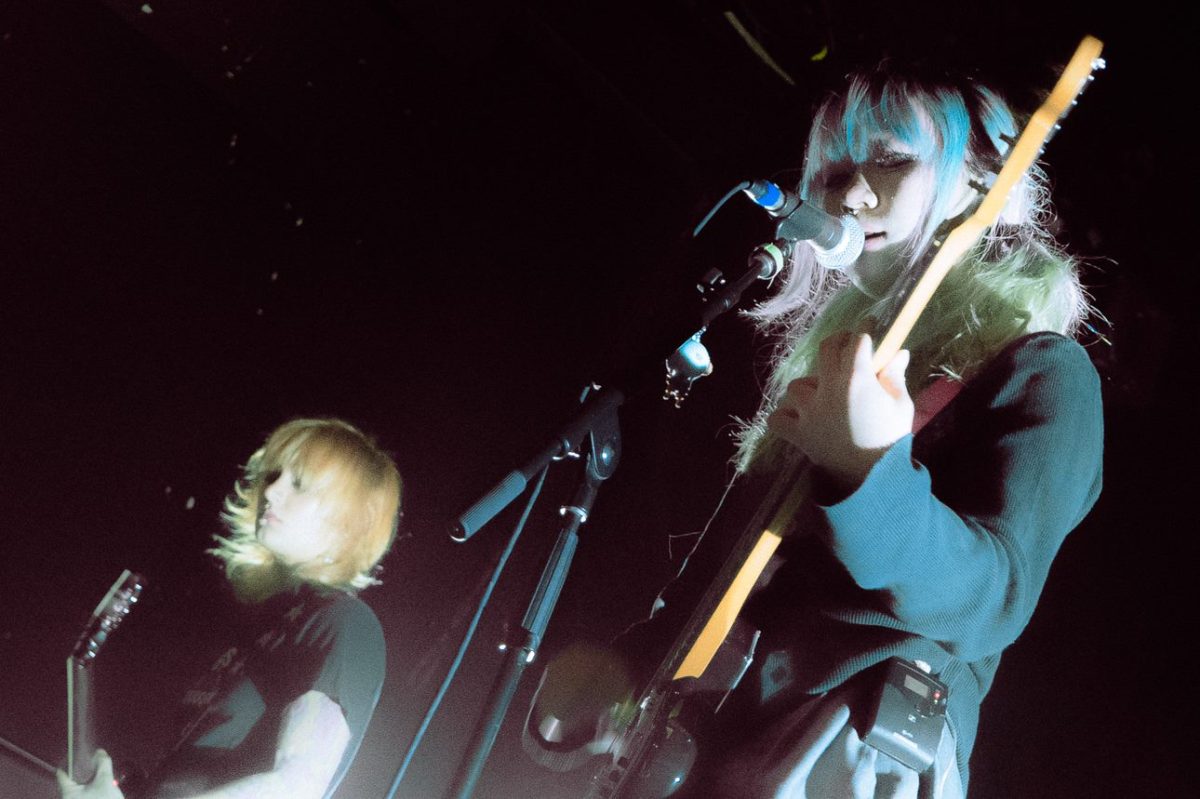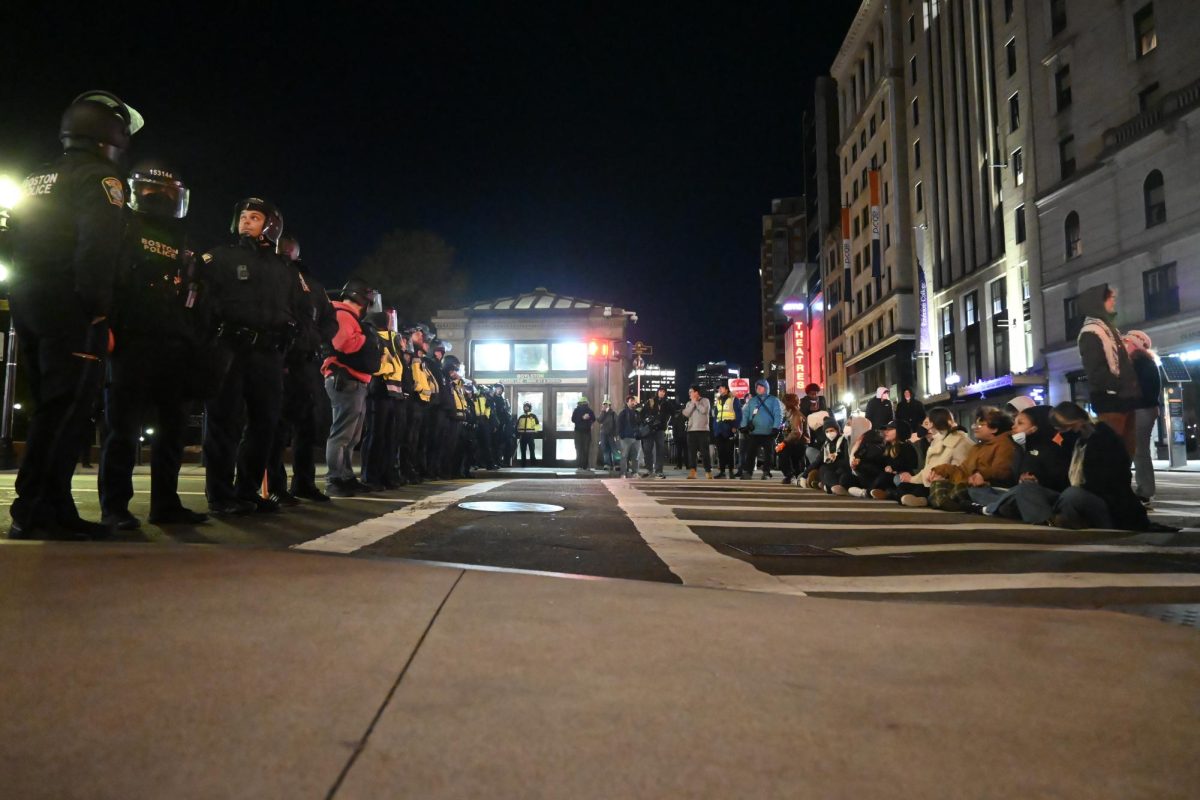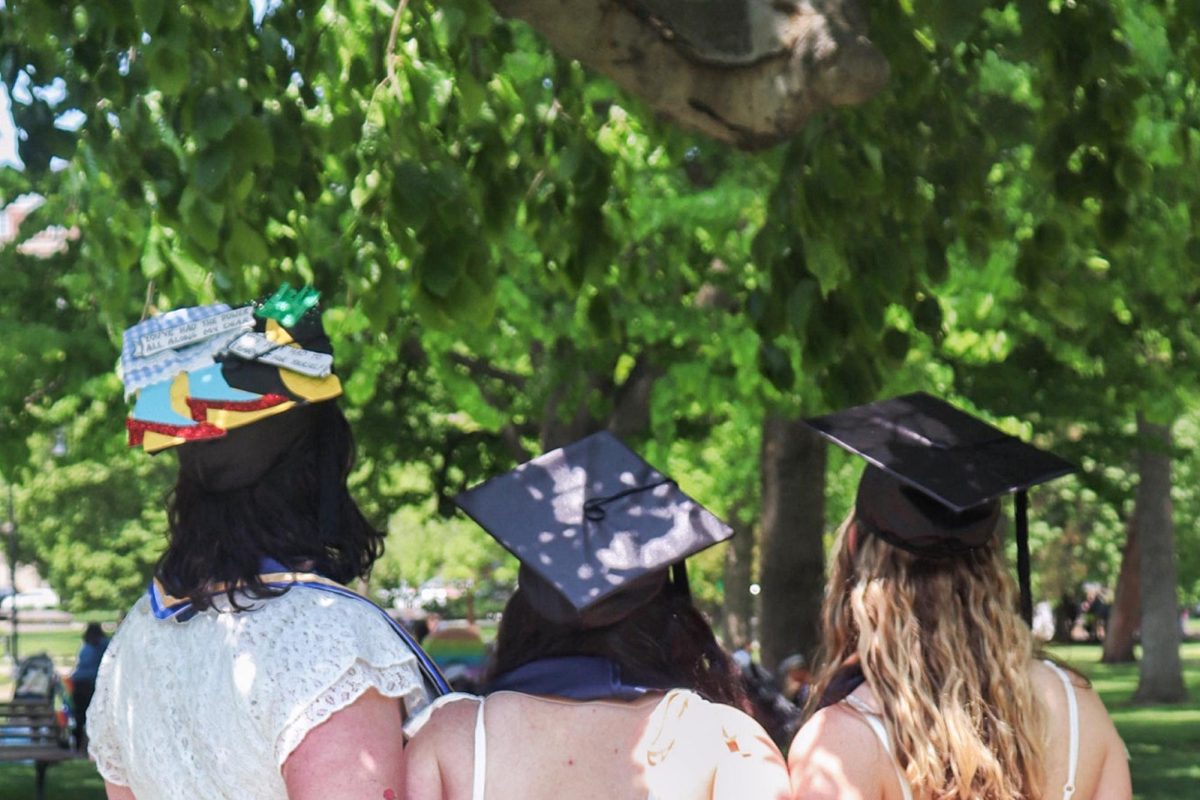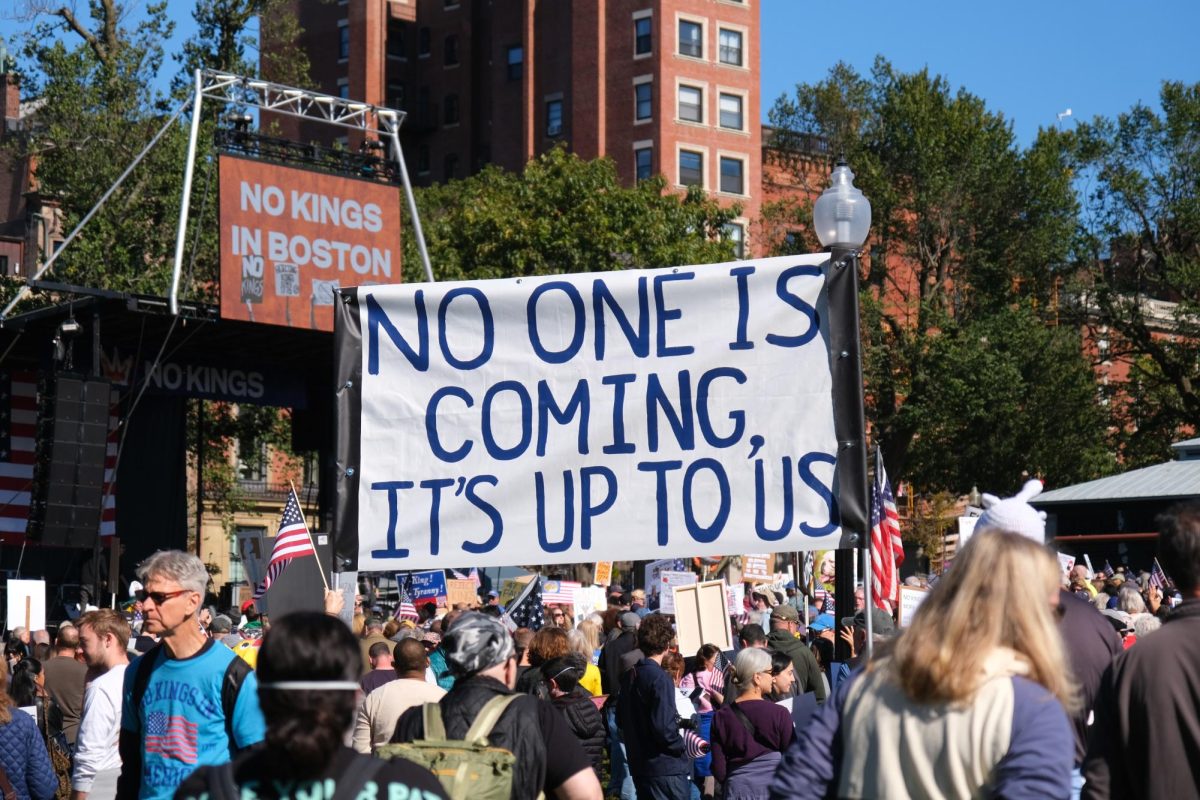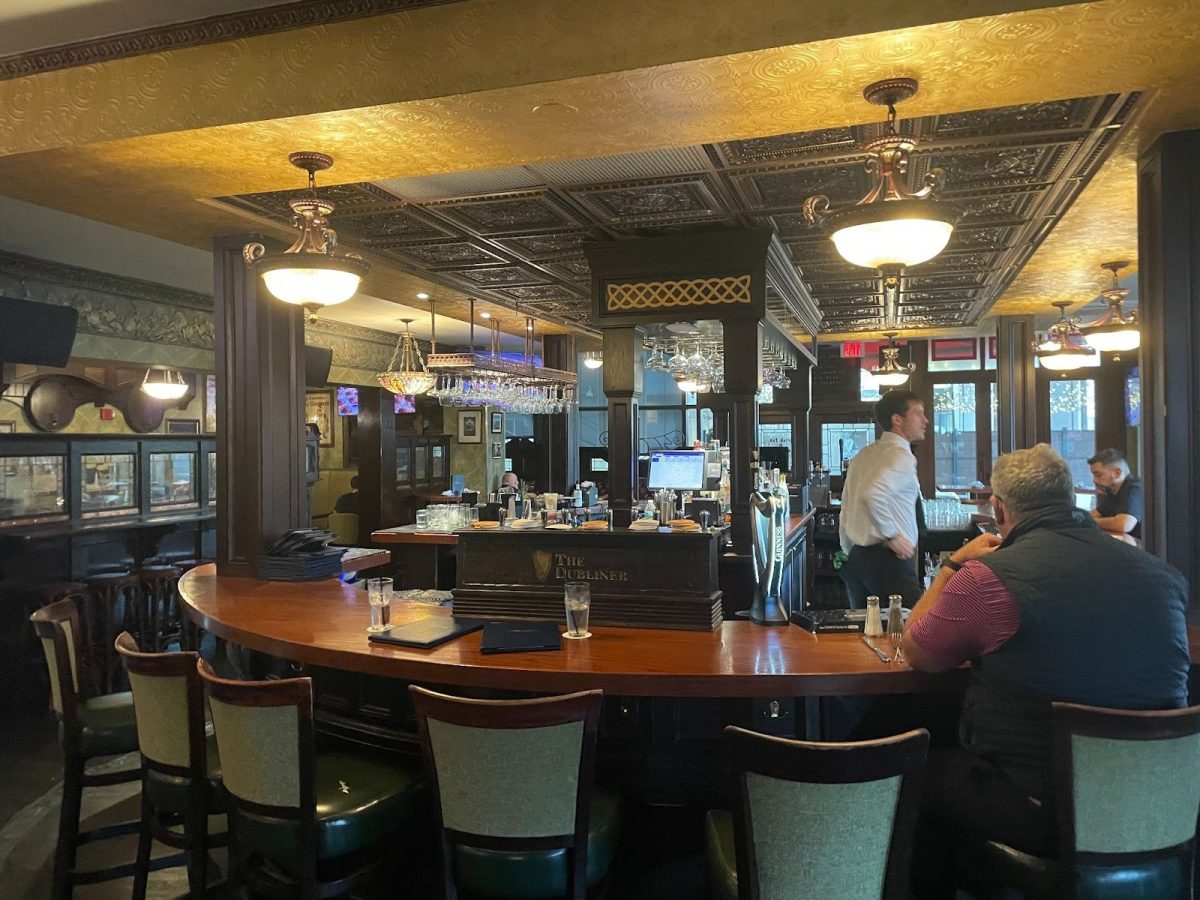The once borderless campus in the heart of Boston has officially begun its move off the hill. As Suffolk prepares to close its doors on Temple Street and leave behind decades of historic breakthroughs and longstanding traditions, the humility that was present during Suffolk’s beginnings in the Roxbury parlor of Gleason L. Archer in 1906 appears to be fading.
While the move opens up unprecedented educational opportunities for students and professors alike, any big institutional change to streamline the university is bittersweet. Traditionally, the Temple Street Fair held at the beginning of each academic year has been a platform for students to mix, mingle, network, and get involved on campus. With the looming loss of Temple Street on the horizon, the ultimate hope is that tradition isn’t jeopardized as a result of innovation.
A direct result of the university’s decision last spring to sell their once groundbreaking buildings, Archer and Donahue, the last Temple Street Fair on Tuesday was a spark to the eventual flames that will burn away the presence of the Suffolk community on Beacon Hill.
From Student Government Association, one of the university’s oldest organizations, to the Alpha Sigma Alpha sorority, the newest addition to Greek life, nostalgic sentiments were felt throughout the two-hour fair. Students, faculty, and administrators alike were seen strolling the street, taking pictures, checking out the latest developments in student life and reflecting on the extraordinary nature of tying up a longstanding loop of the university’s history.
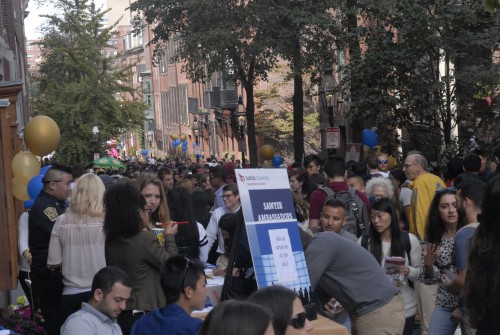
“It’s really sad because since my freshman year this has been a Suffolk thing. You meet everyone in the community,” said Cameron Viola, SGA treasurer.
With the addition of Roemer Plaza affixed to the university’s long sought-after new building at 20 Somerset St., it is an obvious choice to host the fair next year.
“Next year it could be ‘PlazaPalooza,’” joked Viola.
Adam Chick, senior President of the Student Athletic Advisory Committee, however, took a different tone.
“It’s a little sad knowing that this is the last one. There are so many people who don’t know what we have here, whether it’s freshmen or transfer students or even seniors who are looking to get involved,” he said.
While the assumption that the university will host an adapted version of the fair next year isn’t preposterous, the general sense of not knowing and the lack of information distributed by the university is unnerving.
“How is this going to happen again?” Chick said.
The reality is, the Temple Street Fair is the first of many changes for the university.
Weighted with the baggage of all the recent changes, the fair was the first public stage that allowed all organizations on campus to collaborate and discuss how life at Suffolk is changing rapidly.
Since the university opted to place students between the State House and City Hall, allegedly the perfect location for a college with such heavy emphasis on public service, there may be hope for organizations whose work is mostly philanthropic.
“I just hope they continue to have this [fair]. It seems like a great community-builder. As a total outsider, that’s my first impression,” said Jessi Moore, leadership consultant for Alpha Sigma Alpha.
Amid preparations on how to recognize Suffolk’s history while balancing tradition and innovation, there still remains questions on how life will look like as administration attempts to mirror the parts of the university that are gaining interest.
Kevin Landers, sophomore public relations and marketing manager for the Performing Arts Office, worries about Suffolk’s ability to maintain its roots as the university upgrades and renovates outdated aspects of the university, physically and institutionally.
“It’s going to be sad because it was a tradition for so long. It will be different to not have it next year. I don’t think [Somerset] will be able to hold it,” he said.
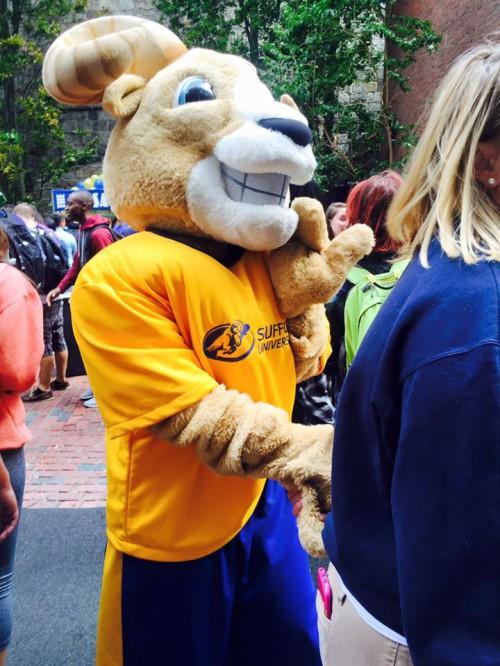
While the fair was a culmination of all the latest unfavorable and favorable decisions to make the university one of the top, competitive institutions in the area, some students tried to embrace change. Though the general consensus was that losing Temple Street will be a tough change, the Suffolk community has made it clear that they are ready and willing to dive headfirst into new traditions where necessary.
Liza Hurley, senior member of the Journey Program in the SLI office, noticed how students approached the fair compared to previous years.
“I think we had a great turnout this year. I think we stressed the idea of it being our last year. I hope they keep the idea of the Temple Street Fair going,” she said.
More than 80 clubs and organizations made up the fair this year, with tables spanning the entire length of the street with t-shirts, water bottles, candy and other goodies to entice prospective members.
While the customary blue and yellow balloons may have lined the crowded way for its last time, the lively music heard from Derne Street to Cambridge Street and the arrival of Rammy allowed for the community to begin a long series of proper goodbyes to the past and prepare for the future of Suffolk as a whole.


